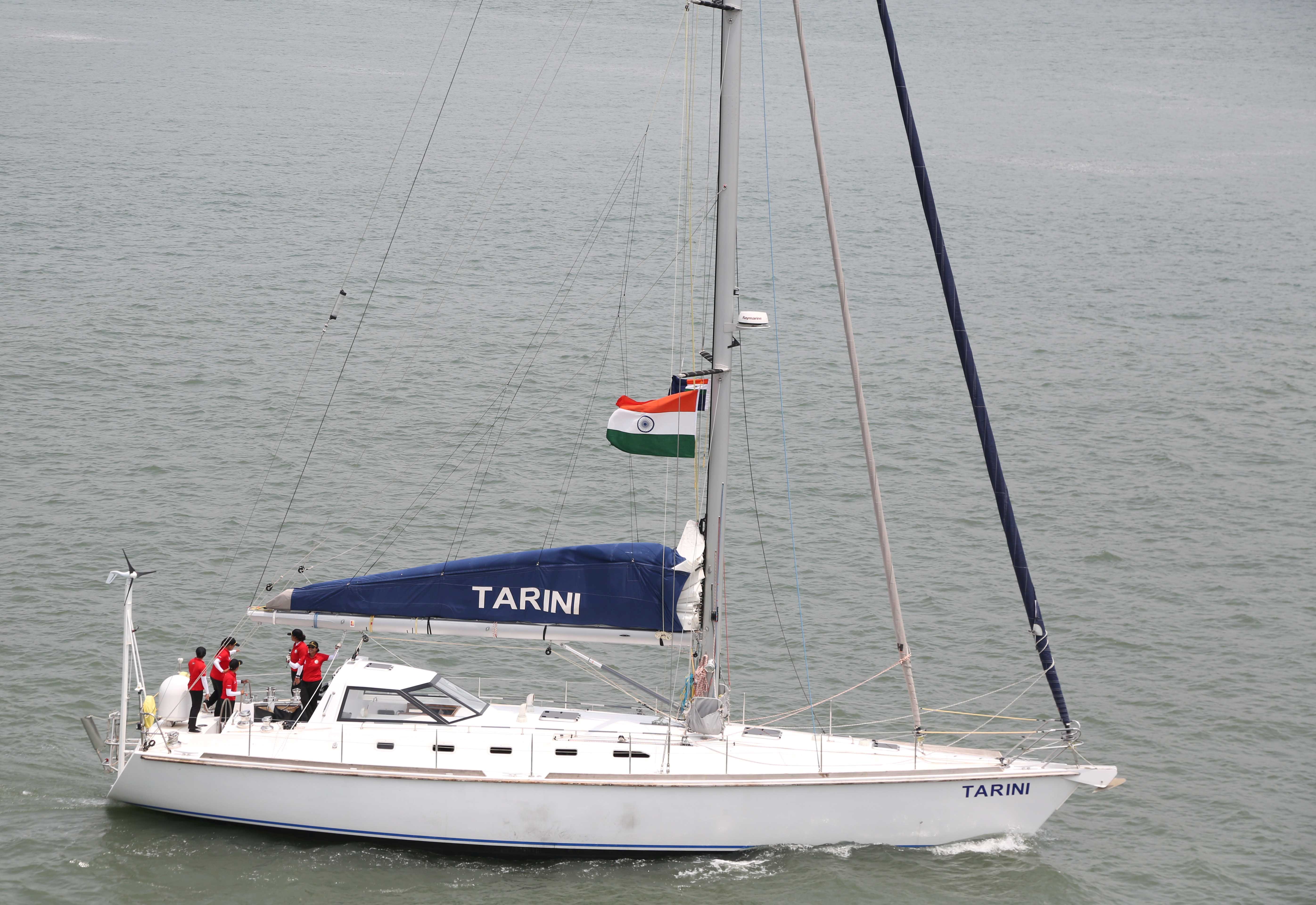In a diplomacy news update, Pakistan which has a shallow Preferential Trade Agreement with Iran, India can seize a new opportunity by easing of sanctions by the western nations and sign a trade opening pact with the key West Asian nation which can fill up the demand gap for Indian exporters in several other economies , an ASSOCHAM paper has said.
Iran has preferential trade agreements with Pakistan with focus on a very few commodities and offering margin of preference on customs duties. The analysis in the paper reveals that the PTA with Pakistan is shallow and has not resulted in strengthening of trade relations between them. . In fact, the total trade turnover between Iran Pakistan has shrunk.
According to the paper, besides the Iran-Pakistan PTA being shallow, the timing was also not right in the wake of full blown sanctions squeezing the best of the Iranian economy which was being punished for its controversial nuclear programme. Pak-Iran trade started declining gradually from the level of $1321.3 million in 2008-09 to a mere $218 million in 2013-14. Pakistan’s exports to Iran in 2013-14 declined to $53 million from U.S. $ 97.7 million in 2012-13.
However, with the US spear-heading the regime of easy relations lifting sanctions on Iran in a phased manner, the timing is right to engage with the Iranian economy which is the second largest in the region after Saudi Arabia.
“Lifting of international sanctions on Iran provides an opportune time to start dialogue on India Iran preferential trade agreement. This should encompass trade, investment and services. A preferential trade agreement with Iran will help India expand the volume of exports to Iran, particularly of pharmaceuticals, iron and steel, auto components. Also Iran could serve as an outlet for Indian goods to countries in central Asia and Afghanistan,” the paper stated.
ASSOCHAM Secretary General Mr D S Rawat said, “with the rest of the world facing a severe demand slowdown, Indian exporters can leverage the Iranian consumer sentiment which has been pent up for the last several years. As Iran and the US work out the finer details of lifting of sanctions, India should enhance its engagement with Iran and be ready for the opportunity which is set to arise in the near future”.
Iran’s trade with India in 2014-15 totalled around U.S. $13 billion. In 2011-12, before sanctions hit, it was more than U.S. $16 billion – a measure of the ground that may be recovered. With India’s trade deficit with Iran witnessing a rising trend in recent years, strategy to enhance trade relations with Iran, and thereby bridge the rising trade gap, would entail identification of potential items of India’s exports at a detailed level in line with Iran’s imports demand and India’s export capabilities There could be identification of potential exporters who could benefit from prevailing and future market opportunities in Iran.
India is a major source for Iran’s global imports of chemicals, cereals, articles of iron and steel and manmade staple fibres, accounting for a significant share in Iran’s global imports. However, in the case of other important commodities imported by Iran, such as capital goods, scientific/professional instruments, pharmaceuticals, vehicles other than railway, India’s market penetration is very low, and in some cases has even declined over the years.
Given India’s export capability in project exports, automobile and auto components and pharmaceuticals, and the huge demand existing in Iran, potential exists to further enhance India’s trade relations with Iran in line with potential sectors which present export opportunities for India. Iran also offers huge opportunity for service exports chiefly through education/health services exports, by attracting Iranian to Indian institutions and providing in-country courses
The country is the second largest in the West Asia with a population of more than 77 million inhabitants. The country is also blessed with natural riches, sitting on the world’s fourth largest reserves of oil, second largest of natural gas and also hefty amounts of zinc and iron ore. Unlike its neighbours in the Gulf, which remain heavily dependent on the hydrocarbons sector, Iran, has managed to establish West Asia’s most expansive industrial base despite enduring decades of sanctions. Iran’s economy is somewhat comparable to Turkey in its potential but with the added benefit of vast oil reserves and lower average wages.





